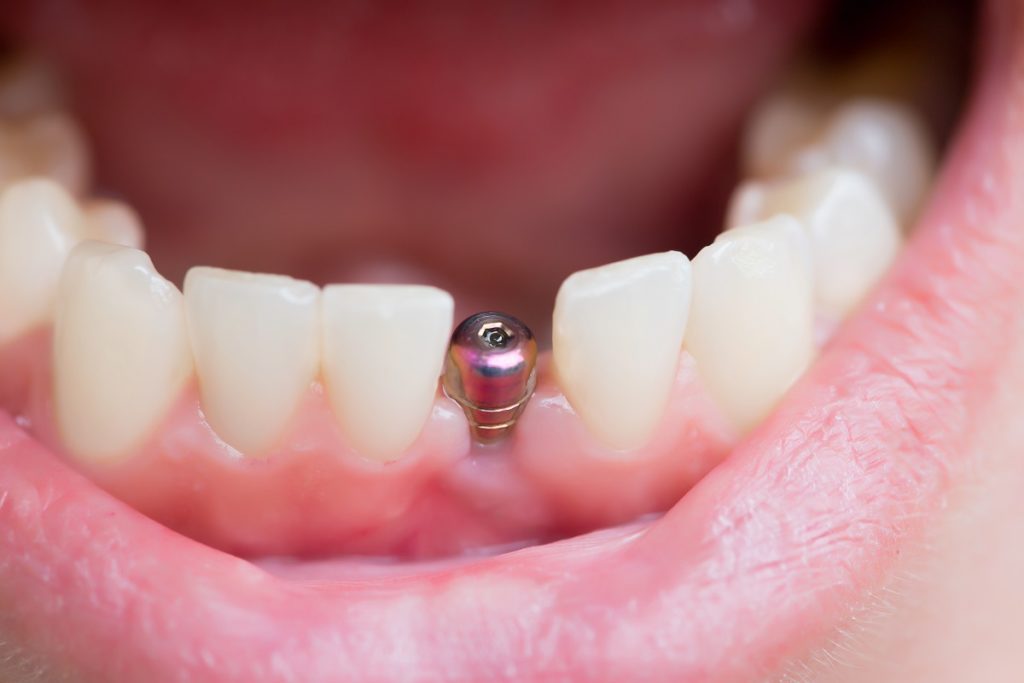Dental implants have been around for years. Modern implants were first developed back in the 1950s, when, during a study on bone regeneration, Dr Per Branemark discovered that titanium had remarkable abilities to fuse with bone tissue. By 1965, Branemark had placed his first dental implant into a human test subject.
The technology hasn’t stood still. The dental implants in Windsor today are leaps and bounds on from the 1960s model. They can help with a wide range of situations, from a single tooth replacement to stabilising a set of dentures. Dental practices in the area such as The Old Windsor Dental Practice offer these and other implant treatments.
Even patients who have been told previously that they aren’t suitable for implants may now be able to benefit. Bone grafts and sinus lifts build up the jawbone to make it strong enough to receive an implant. The jawbone shrinks with age, due to certain medical conditions and lifestyle habits such as smoking, and when teeth are lost.
When a tooth is lost, the body gets the message that the jawbone is no longer needed in that spot. When there are two teeth opposite each other, they tap together throughout the day through the process of biting and chewing food. This sends vibrations down the tooth root into the jawbone, giving it the message to keep on renewing itself. When a tooth is lost, no more taps means the body doesn’t get this message anymore, so resorbs the bone in this location to use the nutrients elsewhere in the body.
So, a patient who lost a tooth a while ago may need some help to build the jaw back up.
Another option for the upper jaw is zygomatic dental implants in Windsor. These are longer posts that fit directly into the cheekbone, bypassing the jaw altogether.
The beauty of dental implants in Windsor is that, once they are in place, they will help the jaw to restore itself. As the implant replaces the root as well as the crown of the tooth, the vibrations from eating can once again travel down into the jawbone and remind the body to keep building new tissue there.
